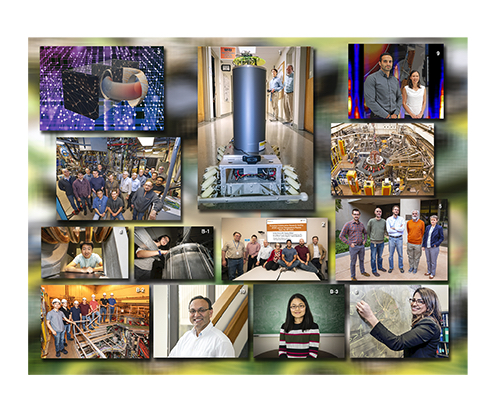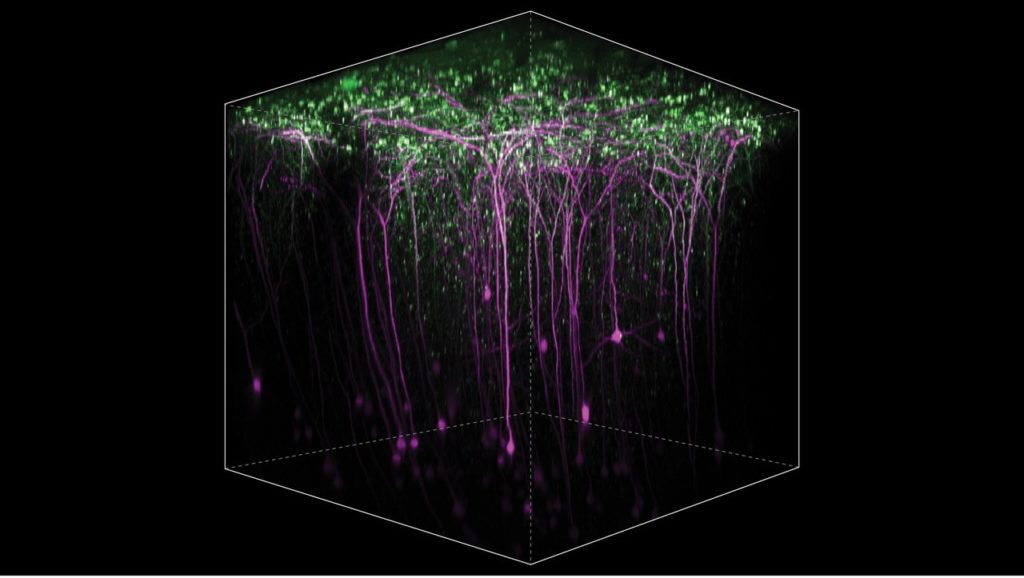Chicago Physician Among Appointed Authors of New Guidelines for Treatment of Ischemic Stroke

news, journals and articles from all over the world.

Chicago Physician Among Appointed Authors of New Guidelines for Treatment of Ischemic Stroke
The Department of Neurosurgery at the Icahn School of Medicine at Mount Sinai has received more than $10 million in federal funding for several projects focusing on brain tumor research.

Arms control robots, a new national facility, and accelerating the drive to bring the fusion energy that powers the stars to Earth: Ten (and a triple bonus!) Must-Read Stories of 2019 from PPPL

Researchers at Johns Hopkins Medicine have successfully used a laser-assisted imaging tool to “see” what happens in brain cells of mice learning to reach out and grab a pellet of food. Their experiments, they say, add to evidence that such motor-based learning can occur in multiple areas of the brain, even ones not typically associated with motor control.
Gender pay equity in the field of medicine remains elusive. Gender-based pay differences have been shown to persist, even when controlling for experience, clinical productivity, academic rank and other factors. These inequities result in significantly lower lifetime earnings, job burnout and negative attitudes toward work, and adverse effects on the profession and society.

Moll was the only non-NASA physician NASA consulted when it was discovered that an astronaut aboard the ISS had a deep vein thrombosis (DVT) – or blood clot – in the jugular vein of their neck.
Today, seven new members were named to the Kidney Health Initiative (KHI) Board of Directors. KHI is a public-private partnership between the American Society of Nephrology (ASN) and the US Food and Drug Administration (FDA).
Think of a train coming down the tracks to a switch point where it could go either to the right or the left — and it always goes to the right. Photosynthetic organisms have a similar switch point. New research from Washington University in St. Louis and Argonne National Laboratory coaxes electrons down the track that they typically don’t travel

A survey of critical care nurses in six UPMC hospitals found a strong association between nurses who were certified in critical care and their knowledge of and perceived value in specific evidence-based practices used to care for patients receiving mechanical ventilation, according to a study published in the American Journal of Critical Care.

Queen’s University today announced the appointment of Secretary Hillary Rodham Clinton as its new Chancellor.

Worldwide, more people die from tuberculosis than any other infectious disease, even though the vast majority were vaccinated. The vaccine just isn’t that reliable. But a new Nature study finds that simply changing the way the vaccine is administered could dramatically boost its protective power.